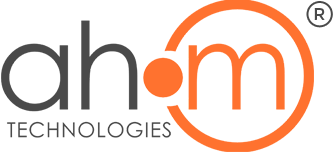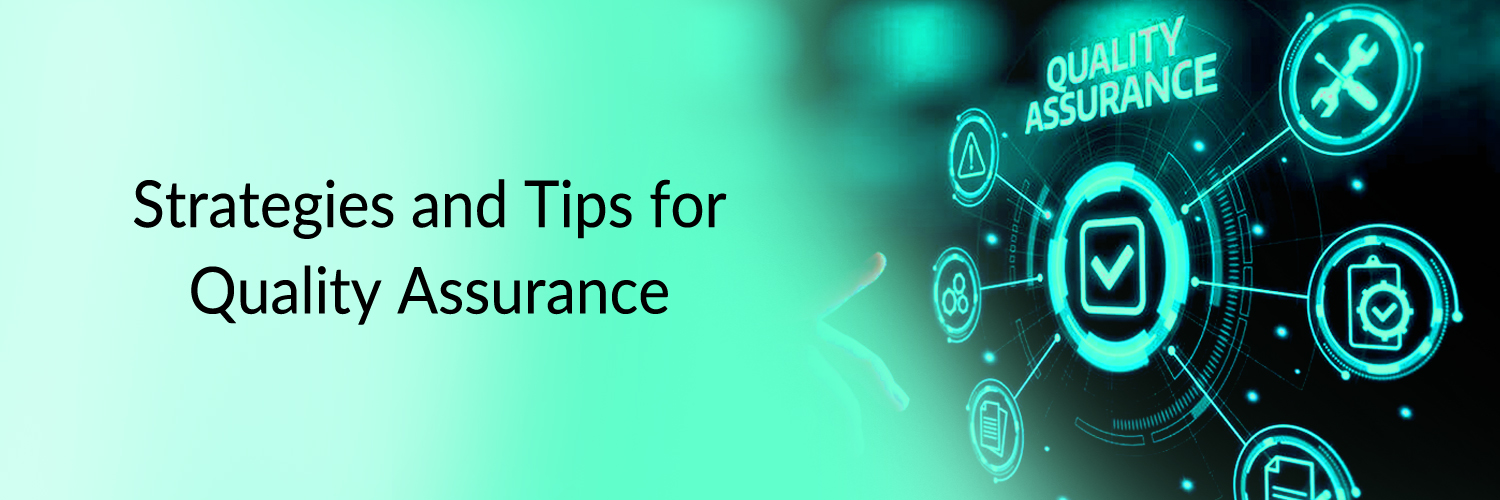The era of technology with the help of Quality Assurance (QA) has enabled us to complete our tasks within minutes. However, the software is the basic entity that helps us in bringing the best outcomes just by investing a bit of effort.
Apart from this, the quality of any software depends on how we deal with the software development life cycle (SDLC) that includes requirement gathering, designing, coding, testing, etc.
When it comes to dealing with the quality of the product, a testing phase appears in the picture. Undoubtedly, you would have heard about this phase of SDLC.
If you are not much aware of the quality assurance in terms of strategy, the below context will help you in breaking things in your favor.
Strategies and Tips
Regardless of the field in which you are dealing, the strategy is the vital most aspect to push results towards the victory. In the same way, quality assurance of any product depends on the strategies, approaches, and implementations.
Make the deliverables clear
The quality assurance of the products starts from the phase of deliverables. Moreover, the test plan is the vital most aspect to bring quality at its best.
It includes a set of documents that play a major role in support of testing and maintaining the quality of the product.
- All the possible test cases must be covered so that we can test our product for all the existing scenarios.
- Software requirement specifications, documentations, and DFDs must be there.
Stages of Manual Testing
- Unit Testing:
It is defined as a level of software testing where individual components of a software are tested.
- Functional Testing:
A type of testing in which the system is tested with respect to the requirement by feeding the input and examine the output.
- Integration Testing:
In this type of testing, individual components are combined and tested as a group.
- System Testing:
Also known as end to end testing, it is performed on a complete integration system to check whether all the mentioned requirements are fulfilled or not.
- Acceptance Testing:
Via the help of acceptance testing, we ensure the system’s compliance along with business requirements and asses.
- User Acceptance Testing:
It is the last phase of the software testing process where a bunch of actual users tests the software to ensure that it can handle the real-world scenario or not.
Types of Manual Testing
White Box Testing
As the name suggests in white box testing the tester knows about the code and the structure of the application for that reason it’s also known as glass box or transparent box testing.
Black Box Testing
The tester does not have any knowledge about the code or the structure of the application of software that is tested; he just interacts with the application and tests the functionality and the non-functional behavior of the application.
Grey Box Testing
Grey-Box test approach is the combination of both white box and black box testing techniques. The main aim of this approach is to identify any bugs present either due to inappropriate usage or any structural flaws.
The approach in the bug life cycle
- Before closing the status of any bug, test and verify all the possible scenarios.
- Do not assign the duplicate bug.
The clarity in bug reporting
Make the bug report clear so the developer can understand the exact scenario of the bug. A perfect bug report can help you in saving a slash of time by avoiding miss communication.
Involvement in SDLC
Apart from the testing phase, QA plays a vital role almost in all the phases of the software development life cycle.
- Requirement gathering.
- Study of the requirement.
- Expressing the functional requirements.
- Reviewing the gaps between features.
- Establishment of defect tracking strategy.
Designing
- Review the design.
- Prepare DFD, ER diagram, process diagram, use case.
- Test plan preparation including risk, scope, tools, etc.
Development
- Algorithm for the development.
- Unit and functional testing in parallel.
Testing
- It includes all the types of testing from unit to UAT along with executable test cases.
Documentation
- Preparing the manuals and documentation to ensure that nothing has been left as per the requirements of the clients.
- Preparation of user guide.
In the above portion of the write-up, we have discussed various factors that can help us in bringing the quality at its peak.
If you are still left with any concerns or facing any issue to deal with the quality of the product, you may reach out to us at [email protected].
We are always there to help you in dealing with all your doubts and queries. Feel free to connect us at +91-124 4294496 or via the mail mentioned above. We would be extremely happy to get words from your side.

